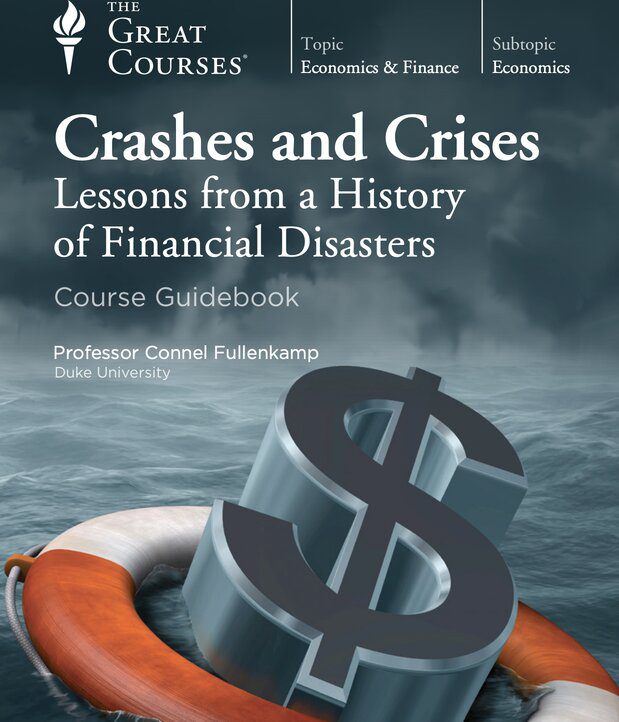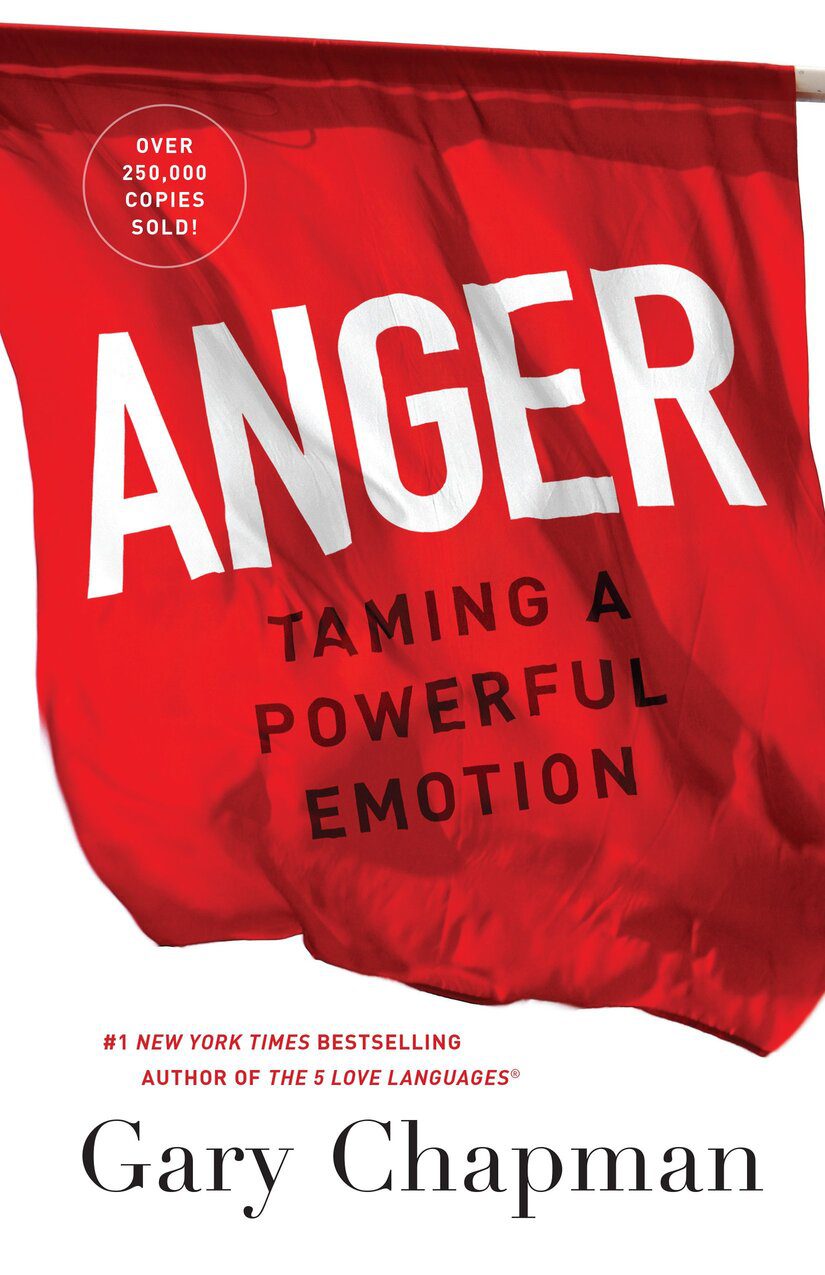The course presents a history of financial disasters—crashes, crises, panics, and scandals that have occurred since the early 1600s.
Connel Fullenkamp is a Professor of the Practice of Economics at Duke University, where he also serves as the Director of Undergraduate Studies for the Department of Economics and the Director of the Economics Center for Teaching. He teaches core economics courses, such as Economic
Principles, as well as financial economics courses, such as Corporate Finance. Before joining the Duke faculty in 1999, Professor Fullenkamp was a faculty member in the Department of Finance at the University of Notre Dame’s Mendoza College of Business.
Lecture 1: Fintech, Crypto, and the future of disaster
- Crashes and crises are a normal part of financial activity. Technology may have the potential to reduce, or even prevent, some financial disasters by improving the amount of information available to investors and regulators,
but it also creates new ways for people to push the financial system beyond its limits. - The human desire to pursue big payoffs will always be the driving force behind financial innovation—and financial disasters. The balance we need to strike is between allowing people to chase these big payoffs through experimentation and innovation while limiting the damage from the recurring crashes and crises that result from it.
Crypto Currencies
- Cryptocurrencies, such as Bitcoin, are online currencies that are largely independent of the traditional monetary infrastructure.
- Cryptocurrencies exist almost exclusively in electronic form. They’re issued by private companies and don’t need to be passed through banks at all. Instead, the ownership and circulation of these currencies are tracked by something known as a blockchain, which is an online distributed ledger system.
- Distributed ledger refers to is that the list of owners of a cryptocurrency—and a description of each owner’s holding—exists on a network of computers in which each computer maintains its own copy of the list.
- Every time there’s a transaction in cryptocurrency, each computer taking part in the blockchain has to update its copy of who owns which units of the cryptocurrency. This feature helps maintain the security of the currency and enables it to exist outside the banking system.
Bit Coin Volatitlity
Bitcoin’s price spiked above $20,000 one day in December 2017 only to fall by half a few weeks later—and then keep falling. An even greater crash occurred in the value of the cryptocurrency Ethereum in June 2017. Within seconds, Ethereum’s price crashed from about $319 a unit to 10¢ due to a large order that triggered a sell-off.
THE CON MEN CHARLES PONZI AND IVAR KREUGER
Ponzi Schemes
- Ponzi schemes tend to have 3 ingredients that make them almost irresistible. The person in charge is either very charismatic or intelligent—and often both. Our admiration for the person gives credibility to the investment plan and makes us believe that the person is honest.
- The principles of the investment are publicly disclosed. This amplifies our perceptions of credibility and honesty. And other people do seem to have made lots of money by investing with this person. This “proof” pushes several of our psychological buttons at once and is a powerful inducement to open up our own wallets and take the plunge. Unfortunately, it’s mostly a show.
- These schemes promise too much to too many people. In other words, even if they’re based on reputable investments, they eventually spread the winnings too thin, run out of money, and collapse.
FINANCIAL CRISES
Many economists have measured and counted the busts, but a pair of International Monetary Fund (IMF) economists, Luc Laeven and Fabian Valencia, put together what is considered the leading database on international financial crises. It goes back to the 1970s, covers all countries on earth, and tracks 3 separate types of financial crises: banking crises, currency crises, and sovereign debt crises.
1. To qualify as having a banking crisis, a country has to have demonstrated significant signs of distress in its banking system, including bank runs, failures, and other large losses. In addition, there must be significant government intervention in the banking system, such as bailouts of various kinds of emergency measures, such as a freeze on bank withdrawals or bank holidays.
In total, 147 banking crises occurred between 1970 and 2012, and many countries experienced more than one banking crisis.
2. A currency crisis occurs when the holders of a country’s money lose confidence in its value and try to get rid of it. There are many reasons why the markets might lose confidence in a nation’s currency, including big trade deficits or other financial problems. To qualify as a crisis, the value of a country’s currency must depreciate—that is, fall in value—against the US dollar by at least 30% within 1 year, and the rate of depreciation must be at least 10 percentage points higher than the previous year.
About 218 currency crises were recorded between 1970 and 2011.
3. Because “sovereign debt” is another term for government borrowings, a sovereign debt crisis describes a government default, or near-default. Such crises are fundamentally caused by overborrowing, which in turn is related to a government spending too much for too long. Eventually, the holders of the government’s debt lose confidence that the sovereign will repay, or the government itself announces that it won’t make payments on time. Either event can trigger a sovereign debt crisis. To be counted as a sovereign debt crisis, a government must have defaulted or postponed payments on debt held by private investors.
Between 1970 and 2012, there were at least 67 sovereign debt crises.
Bubble
- People are tempted to buy an overpriced asset, irrespective of its fundamental value, if they think the price will keep going up and they can sell it later at a nice profit. And if the price rises fast enough, it will overcome enough people’s hesitation so that they also buy and drive up the price even more.
- A bubble is like a self-fulfilling prophecy: As long as it grows, people will keep buying the asset, and the bubble will grow further, attracting more buyers. But as soon as the price bubble stops moving, it dies—or, rather, pops.
Crashes
Flash crash of May 2010
- Dow Jones index fell by about 9% within minutes and the prices of some blue-chip stocks dropped almost all the way to zero.
US government bond market 2014 flash crash
- A flash crash took place in the US government bond market on October 15, 2014. The yield on the 10-year bond crashed and then rebounded.
Institutions
- Financial Stability Board in Basel, Switzerland
Book Mentions
- Flash Boys: a Wall Street Revolt by Michael Lewis
- The Match King: Ivar Kreuger, The Financial Genius Behind a Century of Wall Street Scandals by Frank Partnoy
- Ponzi’s Scheme: The True Story of a Financial Legend by Mitchell Zuckoff
- This Time Is Different: Eight Centuries of Financial Folly by Carmen M. Reinhart, Kenneth S. Rogoff
- Famous First Bubbles: The Fundamentals of Early Manias by Peter M. Garber
- The House of Morgan: An American Banking Dynasty and the Rise of Modern Finance by Ron Chernow
- My Life as a Quant: Reflections on Physics and Finance by Emanuel Derman
- The Rise of Mr. Ponzi by Charles Ponzi
- A Hole in the Ground with a Liar at the Top: Fraud and Deceit in the Golden Age of American Mining by Dan Plazak
- Roughing It by Mark Twain (Samuel Clemens) : by Mark Twain (Samuel Clemens)
- Money and Trade Considered, with a Proposal for Supplying the Nation with Money. by John Law
- When Money Dies: The Nightmare of Deficit Spending, Devaluation, and Hyperinflation in Weimar Germany by Adam Fergusson
- 1929: The Year of the Great Crash by William K. Klingaman
- A Monetary History of the United States, 1867-1960 by Milton Friedman, Anna Jacobson Schwartz
- Silverado: Neil Bush and the Savings & Loan Scandal by Steven K. Wilmse
- Global Derivative Debacles: From Theory to Malpractice by Laurent L. Jacque (Author
- Dow 36,000: The New Strategy for Profiting from the Coming Rise in the Stock Market by James Glassman, Kevin Hassett
- The Big Short: Inside The Doomsday Machine by Michael Lewis




Comments are closed.